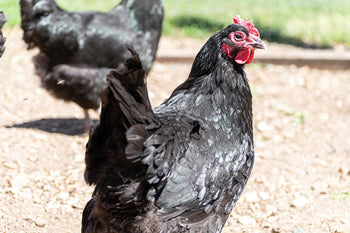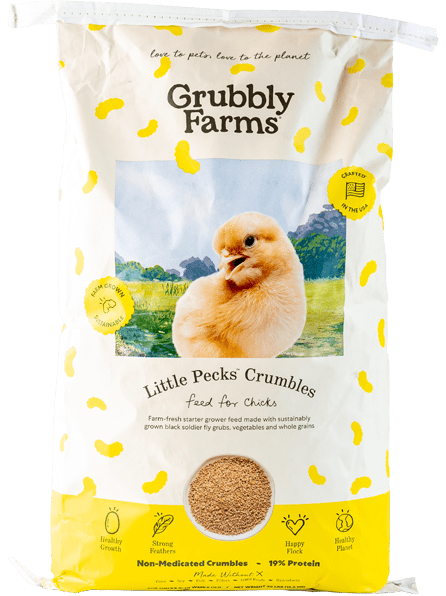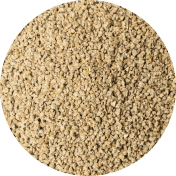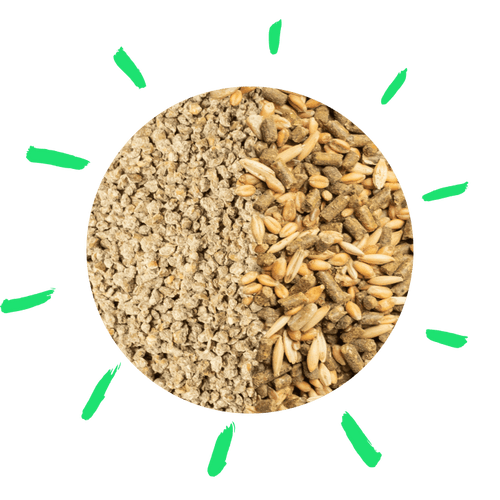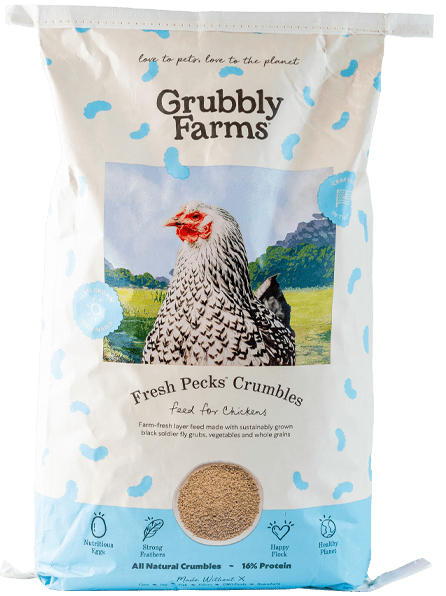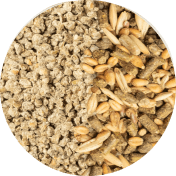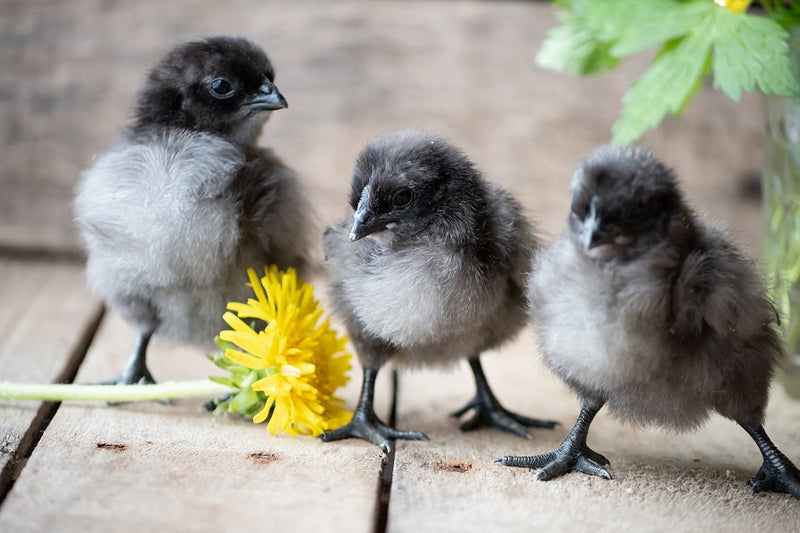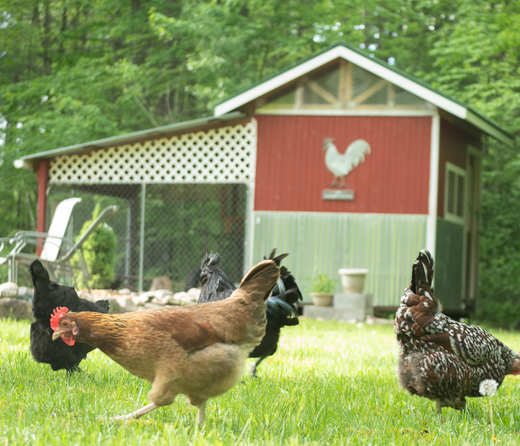The Australorp chicken originates from Australia where it is now recognized as Australia’s ‘National Breed’. Australorps were developed using mainly black Orpingtons along with Minorca, white Leghorns, Plymouth Rocks, and Langshans. This unique pool of genetics gives the breed its many dual-purpose features. Australorps were developed between the 1890’s to early 1900’s and were introduced to America in the 1920’s.
When the Australorp breed was being developed, breeders emphasized utility over appearance. They wanted a chicken breed that could lay profusely but could still become a good table bird if necessary. The Australorp’s dual-purpose nature, mostly focusing on superb egg laying abilities, quickly made them popular in America.
Since the priority was on egg production and utility features, not a lot of focus was put into the variety of the Australorp breed. Australorps are only recognized in one color variety by the American Poultry Association: black. That is why the breed is often called Black Australorp.
Australorps were recognized and accepted by the American Poultry Association in 1929. They are in the standard English class. Bantam Australorps are also recognized by the American Bantam Association and are classed as ‘single comb, clean legged’.
Unique Features of the Australorp

The Australorp chicken features the appearance of a utility breed. A standard Australorp is large in build with a full, well-rounded breast and a slightly triangular body shape, an indicator of a good laying breed. A standard Australorp cock will weigh around 8.5-10 lbs. and a standard Australorp hen will weigh 6.5-8 lbs.
Australorps have standard black plumage that often has a glossy green sheen when seen in the sunlight. They are a clean legged, 4-toed breed and their shanks are a black to dark slate in color. Australorps have dark brown eyes, a black beak, and red facial features. Standard Australorps should have a moderately large single comb with five even serrates that point straight up. The front point on the comb should be the shortest. They have oblong, smooth earlobes and small, well-rounded wattles medium to large in size. As with most chicken breeds, the cocks have larger combs and wattles than the hens.
Black Australorps are sometimes confused with Jersey Giant chickens, especially when the two breeds are raised together and are at similar sizes. Jersey Giants are one of the heaviest, largest chicken breeds and they also have black plumage with red facial features. Once a Jersey Giant chicken fully matures, there will be a distinct difference in the size compared to a mature Australorp. However, Jersey Giant chickens are slow to mature, so they may remain the same size as an Australorp for a length of time. One of the only ways to tell a young Jersey Giant from an Australorp is to look at the bottom of the bird’s feet. Australorps have pinkish/white skin on the bottom of their feet and toes. Jersey Giants have yellow skin on the bottom of their feet and toes.
Australorps are considered a heritage breed, which makes them stand out from hybrid or production chicken breeds. There are several special features that make the Australorp qualify as a heritage chicken breed. Australorps are recognized by the APA (American Poultry Association), which is one of the requirements for a heritage breed. All Australorp chickens sold as ‘heritage’ must be descendants of standard bred stock. Australorps are also capable of reproducing through natural mating and are genetically hardy. They have a long lifespan, during which the cocks remain good for breeding up to 5 years of age and the hens lay well up to 5 years old and beyond. Heritage breeds must also be dual-purpose, meaning they can be used for both eggs and meat. Australorps have an appropriate growth rate as set by heritage standards and will reach market weight in no less than 16 weeks.
Black Australorp vs. Blue Australorp

Australorps are only recognized by the American Poultry Assocation in one variety: black. However, the Australian Poultry Society recognizes several other varieties including blue and white. Blue and white Australorps are not as common in the Unites States given that they are not recognized varieties by the APA.

Blue Australorps have blue/gray plumage and are lighter in color than black Australorps. White Australorps have white plumage. Both the blue and the white varieties have red facial features like the black Australorp.
Blue and white Australorps are still just as hardy and adaptable as black Australorps. They tend not to be quite as productive as the black Australorps as selective breeding for color took priority over egg production. However, blue and white Australorp hens are still good producers of 250+ brown eggs per year.
Production: Layer or Meat Bird
Australorp chickens are a dual-purpose chicken breed. They can be used for both meat and eggs, however, their specialty lies in egg production. The breed was developed for utilitarian purposes and not for show appearance. Hens were originally selected for their superior egg laying and many farmers and breeders held egg laying contests with their Australorp hens.
As the breed became more popular, selecting hens for egg production became less of a priority, and as a result, many of today’s Australorps are not the egg producers that they used to be. However, Australorps are still considered excellent egg layers.
Being a large-bodied bird, Australorps can also be raised as table birds. Extra cocks are often grown out to market weight since they mature early and have a meaty body. Their pinkish white skin makes them highly marketable as heritage table birds.
Egg Production: How Many Eggs do Australorps Lay Each Year?
The Australorp is considered a laying breed, and the hens can lay 250+ eggs per year. The record number of eggs laid in one year is held by an Australorp hen who laid 364 eggs in one year! The original stock of Australorps were superior egg producers, but as selective breeding waned and breeders started breeding for quantity over quality, the high egg producing strains of Australorps dwindled. That said, if you want superior egg producers, look for standard bred Australorps from breeders instead of hatchery Australorps.
Being a heritage breed means that Australorps are productive for many years. The pullets mature quickly and will start laying around 5 months of age. Many Australorp hens will continue to lay up until 5-7 years or older! Production will be the most prolific when the hens are 2-3 years old and then it will gradually slow down as the hen ages.
Despite not being as prolific as their ancestors, today’s Australorps are still superior layers to many other heritage breeds. As a dual-purpose breed, they rank close to many of the breeds that were developed for egg production, including Rhode Island Reds and Plymouth Rocks.
Australorps are known to be reliable egg producers and they make a great choice if you only want to keep a few hens but still get lots of eggs! Australorps lay brown eggs that can range in shades of light brown to pinkish brown. In size, their eggs are medium to large and are highly marketable.
Climate Tolerance
Australorps are a hardy chicken breed, known to be both cold hardy and moderately heat tolerant. Their loose, fluffy feathers provides insulation during cold weather and their large size makes them less prone to cold stress. The hens have relatively small combs and wattles, but frostbite prevention must be taken for the cocks’ larger combs and wattles. Being developed in Australia gives the breed a tolerance to some heat, however, their large size and black coloring does not make them as heat tolerant as other breeds. Australorps need plenty of shade during sunny, hot weather in order to stay cool because their black plumage absorbs the heat.
Australorps adapt well to a variety of different environments and climates. They need a dry, well-ventilated chicken coop and a shaded enclosure to keep them healthy and happy. During the winter, the chicken coop should be winterized to minimize exposure to winter precipitation and wind chill. Make sure your Australorps have access to unfrozen water during the winter and that the coop litter is insulating and warm. You can apply a beeswax-based salve to the Australorps combs and wattles to help protect against frostbite.
Australorps are known to be good winter-time egg producers. Since they are not as prone to cold stress, they will often lay during cold weather when other breeds stop. When the hens are young, they will lay right through the winter even with minimal daylight.
During the summer, the coop should remain well-ventilated. You should make sure the coop is located in a shady location and that the enclosure is shaded as well. Take measures to minimize heat stress in your Australorp flock by ensuring they have access to cool, fresh drinking water in a shaded location. Since Australorps have black plumage, they will get hot faster when spending time in the sunshine, so shade is essential for helping them stay cool during the summer.
Common Health Issues
Since Australorps are a heritage breed, they have a very hardy constitution. They are not prone to specific health or reproductive ailments. Be proactive about biosecurity measures and keep the coop clean daily to help your Australorps stay healthy! Monthly health checks can help you keep track of your flock’s health.
You should consider these health concerns that can become an issue in any backyard flock:
Obesity- Obesity is more of an issue for birds who are kept confined. Obesity can lead to a drop in egg production and other health issues, including organ failure. To keep your Australorps fit and trim, make sure you feed them a balanced diet and healthy snacks. Fed treats in moderation and never have treats exceed more than 10% of your flock’s daily diet. Make sure your Australorps have access to as much space as possible so they can get exercise as well. Foraging and enclosure enrichment are two great ways to get your Australorps some exercise!
Heatstroke- Since Australorps have fluffy, black plumage they are more prone to heatstroke during hot weather. Heatstroke occurs when a chicken’s body cannot stay cool enough. The color black absorbs sunlight and heat, so black plumaged birds like Australorps need plenty of shade in order to stay cool. You can prevent heatstroke in your flock by providing ways for them to stay cool during the summer! A shaded coop and enclosure are essential for black Australorps.
Bumblefoot- Being that Australorps are a heavy breed, bumblefoot is an issue you should take measures to prevent. Bumblefoot is a staph infection of the foot pad that often occurs due to an injury, cut, or abrasion on the foot. It appears as a small black dot on the foot pad. You can prevent bumblefoot by making sure the roosts are no more than 1-2 feet off the ground and that they are smooth and won’t splinter. Soft litter can also help prevent abrasions when the birds jump down from the roosts.
Frostbite- Frostbite is a concern for Australorp cocks during the winter. Their large combs and wattles can collect moisture from the air or from drinking. When the moisture freezes, it can lead to frostbite. You can help prevent frostbite during the winter by making sure the coop stays moisture free and by applying a beeswax-based salve to combs and wattles to repel moisture.
Australorp Lifespan
As a heritage breed, Australorps naturally have a longer lifespan than many production or hybrid chicken breeds. Australorps can live for 7-10 years and beyond when given proper care and a good diet! A lot of industrial breeds bred for high egg production are prone to reproductive ailments and are less hardy due to poor breeding. Australorps on the other hand, are bred for longevity while not sacrificing egg production.
That said, there are some factors that will influence the lifespan of an Australorp chicken. Good breeding is essential for longevity. When hatcheries start breeding for quantity over quality, the lifespan of their birds decreases. To get well-bred Australorps, look for small farms or breeders who specialize in the breed and who show or exhibit their birds.
No matter where you get your Australorps from, you can help them live a long, healthy life by ensuring they have a proper diet and that they are not stressed. Mature Australorps should be fed a complete layer feed with healthy snacks and treats supplemented in moderation. To prevent stress in your flock, you can make sure they have plenty of space in their coop and enclosure. Take measures to help your chickens build strong immune systems and practice proper biosecurity to prevent stress or disease from shortening your birds’ lifespans!
Temperament
Australorps are known to be a docile and friendly chicken breed. They can be shy, but when handled frequently as chicks, they can become affectionate and curious pets. With frequent handling, Australorps can make superb exhibition birds for youth in 4-H or FFA programs. Australorps are also known to be a quiet breed, which makes them well suited for urban flocks.
Despite their size, Australorps are an active breed that loves to forage. They tend not to be flighty, but they do like to move and will forage for a majority of the day if given the chance. Roosters are especially active and they make excellent flock protectors. While not given to aggression, black Australorp roosters can be assertive. However, they can easily be corrected from bad behaviors. Many Australorp roosters end up being friendly flock protectors who get along well with their care takers.
Australorps are usually not a submissive breed, meaning they will more than likely not be at the bottom of the pecking order in a flock of mixed breeds. However, they are not highly assertive and will probably be towards the middle of the pecking order. They are known to get along well with other chicken breeds and other family pets.
Is the Australorp Good for a Backyard Flock?
Australorps make a great breed choice for backyard flocks! They are calm, quiet, and excellent egg producers. Here are some reasons to consider adding Australorps to your backyard flock:
- Excellent layers
- Hens make good mothers
- Rooster are good flock protectors
- Calm & friendly temperament
- Quiet breed
- Adept well to different environments
- Cold hardy
- Dual-purpose breed
- Adapt to confinement or free-range
Since Australorps are large, it is essential that you make sure your coop and enclosure is big enough to accommodate the number of birds you want to get. With a spacious coop that is shaded and well-ventilated, Australorps can adapt to many backyards whether you are urban, suburban, or rural!
Conclusion
Australorps are a dual-purpose, heritage chicken breed that make an excellent family-friendly choice for backyard flocks! They are known to be quiet, gentle, and are excellent layers of large, brown eggs. Their hardiness and adaptability further enhances their qualities as an all-around good choice for many different backyards. Consider adding this amazing heritage chicken breed to your flock! Got questions about Australorps? Let us know in the comments below!





